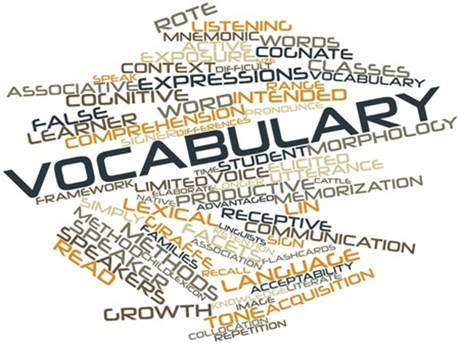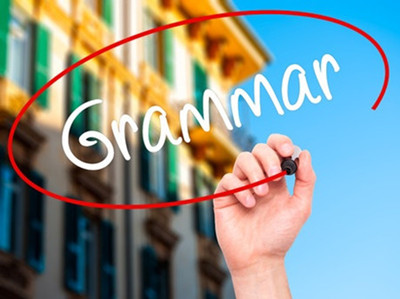SAT写作官方样题考生范文:Why Literature Matters(5)
- 2017年04月26日13:36 来源:小站教育作者:小站SAT编辑
- 参与(0) 阅读(6506)
Sample 5 Scores: 3/3/3
Dana Gioia claims that the decline of reading will have a negative impact on society. He uses persuasive techniques and provides the reader with credible facts backing up his claim.
Gioia states that during the past quarter century, American interest in literature has decreased. In 2002, a study showed that reading literature has declined, especially in young adults. A decline in reading has effected the business world tremendously. “In 2001, the National Association of Manufacturers polled its members on skill deficiencies. Poor reading skills ranked second, and 38 percent of employers complained that local schools inadequately taught reader comprehension” (Gioia 3). When you look at the decline of reading in the civic sphere, it has also had its consequences. “...literary readers are markedly more civically engaged than nonreaders, scoring two to four times more likely to perform charity work, visit a museum, or attend a sporting event” (Gioia 3). Gioia uses many factual examples of the negative consequences due to the decrease in literary skills. Providing the reader with many examples creates ethos. The author is a credible source of information which makes the passage believable and effective. Gioia also uses quotations from different sources such as Wired Magazine, National Conference of State Legislatures, National Association of Manufacturers, “Reading at Risk”, and National Endowment for the Arts. All of these sources give a variety of facts and information, but all agree on the same thing: that there has been a reading decline in literature. This is a good use of literary techniques because it backs up what Gioia is trying to prove to the audience.
Gioia uses various stylistic elements to add power to the ideas expressed. His word choice greatly impacts his essay by better explaining his topic in a more detailed and interesting way. In the first paragraph, Gioia describes how income, college attendence, and access to information all increased by using words such as ballooned, enormously, and unforeseen. When he describes literature, he simply says it diminished. His word choice shows a great spectrum of where literature lies compared to the other three. In paragraph three, Gioia states, “That individuals at a time of crucial intellectual and emotional development bypass the joys and challenges of literature is a troubling trend” (Gioia 2). By using the words crucial, emotional, and joys, Gioia convinces the reader that it is important to have literary skills and those who don’t are missing out. Using particular words allows Gioia to more easily persuade the audience to agree with his point of view. Gioia builds an arguement based on facts and a variety of sources that agree with his stance on literature. His word choice and knowledge of the subject both play a huge role when defending his claim. The audience is more likely to take his side if they feel he is passionate and well informed on the subject, which he proves to be.
This paper scored a 3/3/3.
Reading—3: This response demonstrates effective comprehension of the source text. The writer accurately captures the central idea of Gioia’s passage (the decline of reading will have a negative impact on society). The writer also accurately paraphrases (In 2002, a study showed that reading literature has declined, especially in young adults) and directly quotes important details from the source text, demonstrating effective comprehension. In the first body paragraph, for example, the writer demonstrates an understanding of Gioia’s point that the negative consequences due to the decrease in literary skillsaffects both the business world and the civic sphere by providing direct quotations from the source text. The inclusion of relevant details and the appropriate use of textual evidence demonstrate a proficient understanding of Gioia’s text.
Analysis—3: This response offers an effective analysis of the source text and demonstrates a sufficient understanding of the analytical task. In the first body paragraph, the writer analyzes how Gioia establishes ethos in the passage (Providing the reader with many examples creates ethos. The author is a credible source of information which makes the passage believable and effective). In doing so, the writer conveys the effect on the audience of Gioia’s factual examples and use of sources. Although the writer then slips into an unexplained assertion at the end of the paragraph (This is a good use of literary techniques because it backs up what Gioia is trying to prove to the audience), the response provides more effective analysis again in the next paragraph when the writer discusses the effects of Gioia’s word choice on his audience (By using the words crucial, emotional, and joys, Gioia convinces the reader that it is important to have literary skills and those who don’t are missing out. Using particular words allows Gioia to more easily persuade the audience to agree with his point of view). Although each of these sentences by itself is an assertion, taken together they extend into effective analysis. Overall, this response demonstrates proficient analysis.
Writing—3: This response is mostly cohesive and demonstrates effective use of language. The writer provides a brief but generally effective introduction that lays out a central claim (He uses persuasive techniques and provides the reader with credible facts backing up his claim). The response also includes an effective conclusion that is evident despite not being separated from the body of the essay by a paragraph break (Gioia builds an argument based on facts and a variety of sources that agree with his stance on literature. His word choice and knowledge of the subject both play a huge role when defending his claim). The two body paragraphs are loosely structured around Gioia’s word choice and knowledge of the subject (factual examples and different sources). Although the writer takes some time to clarify the controlling idea of the first body paragraph, the details and ideas in that paragraph all work toward supporting the claim that Gioia’s factual examples and sources all agree on the same thing: that there has been a reading decline in literature. The second body paragraph is more clearly focused and demonstrates a clear progression of ideas. The response is free from significant errors that distract from the quality of writing. The minor problems in focus and structure that occur early in the response are typical of even skilled first-draft writing and decrease as the writer progresses through the analysis of Gioia’s argument. Overall, this response demonstrates proficient writing.

























